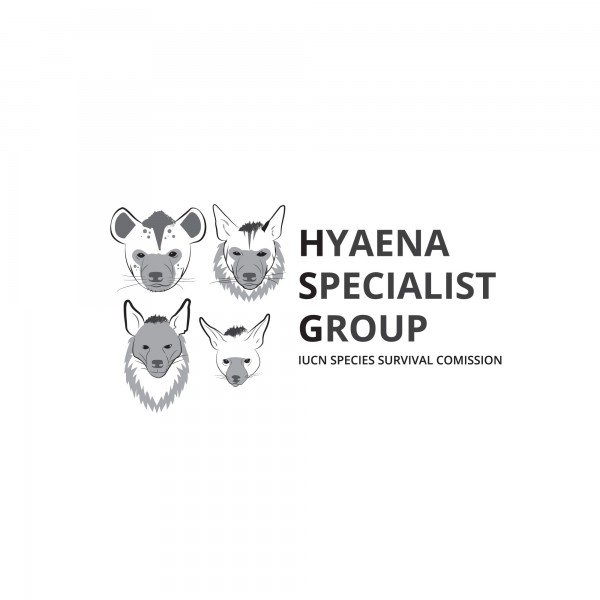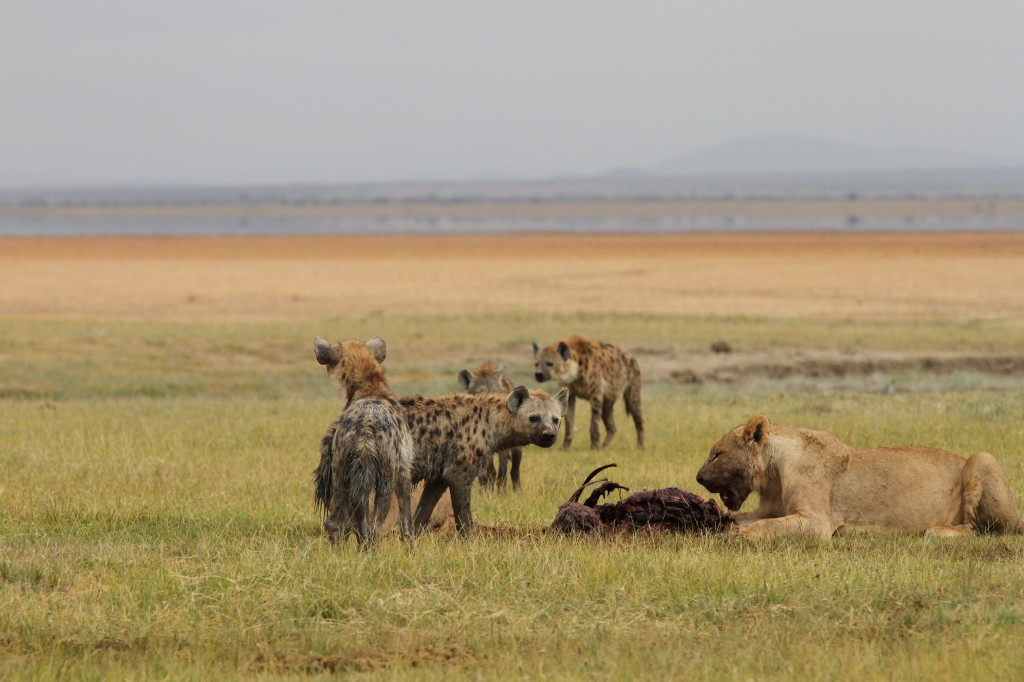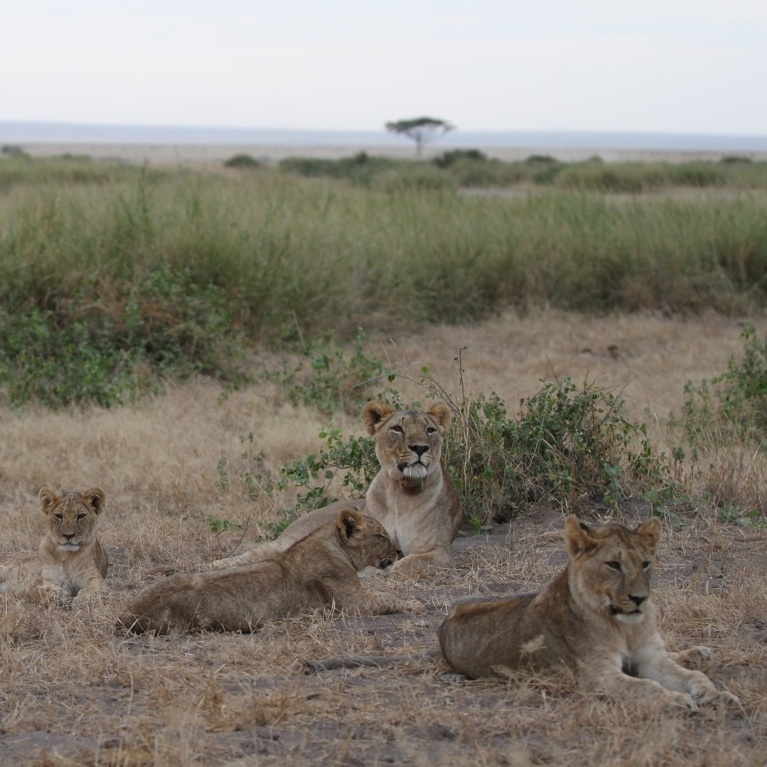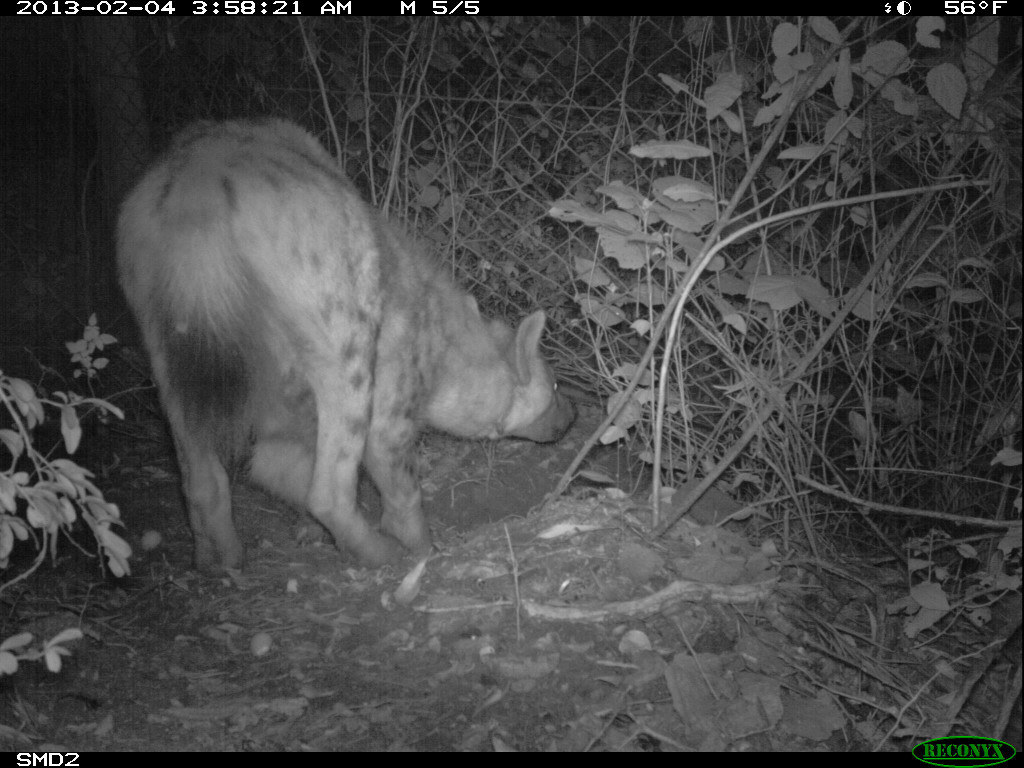We are updating EVERYTHING at the Hyaena Specialist Group!
Here is our new logo:

And here is the link to our new Facebook Page:
https://www.facebook.com/hyaenaspecialistgroup/
Stay tuned for more, including our new website.
Happy hyena-ing!
We are updating EVERYTHING at the Hyaena Specialist Group!
Here is our new logo:

And here is the link to our new Facebook Page:
https://www.facebook.com/hyaenaspecialistgroup/
Stay tuned for more, including our new website.
Happy hyena-ing!
I am a coauthor of a letter recently published in Proceedings of the National Academy of Sciences, in response to criticism of an earlier paper that cited some of my data on lion numbers in the Masai Mara National Reserve. Hopefully this letter clarifies any questions and helps underscore just how important appropriate conservation actions are for the future of the species. A big thanks to my coauthors for including me! Here is the letter and I am happy to provide the earlier paper upon request:
My latest feature has been published by Ensia magazine. I write about innovative conservation tools being used by the Lion Guardians team near Amboseli National Park in Kenya. You can read the story here. And here are some photos that did not make it into the story…

Lions and spotted hyenas feed on a wildebeest nex to the dry bed of Lake Amboseli, outside of Amboseli National Park.

The Kitirua pride of lions on the edge of Amboseli National Park. Note the radio collar on the adult female, whose name is Willy.
My guest blog post on lion conservation is up at Scientific American! I write about how data I collected in Kenya’s Masai Mara National Reserve in 2005 were combined with lion count data from more than 40 other sites on the continent to test hypotheses about management options and conditions affect lions. The data were published today in the journal Ecology Letters.
Here is the blog post and here is the abstract of the scientific paper. I am happy to email a pdf of the paper to anyone who needs a copy, just contact me through the website.
After a year of camera-trapping we finally ‘captured’ a couple of hyenas! Two spotted hyenas (Crocuta crocuta) made their way across the plot to the fence hole at 4AM on Monday morning! Being a hyena-ologist, I actually leapt from my seat with joy when I downloaded these photos from the camera trap. Have a look at the photo below: I think the first hyena is an adult female, and she appears to have a wire snare around her neck. The second looks like a sub-adult. So maybe a mom with her weaned cub? Just when I start to think I don’t need to check the cameras every day, we get another new species – and this time it’s my favorite!
